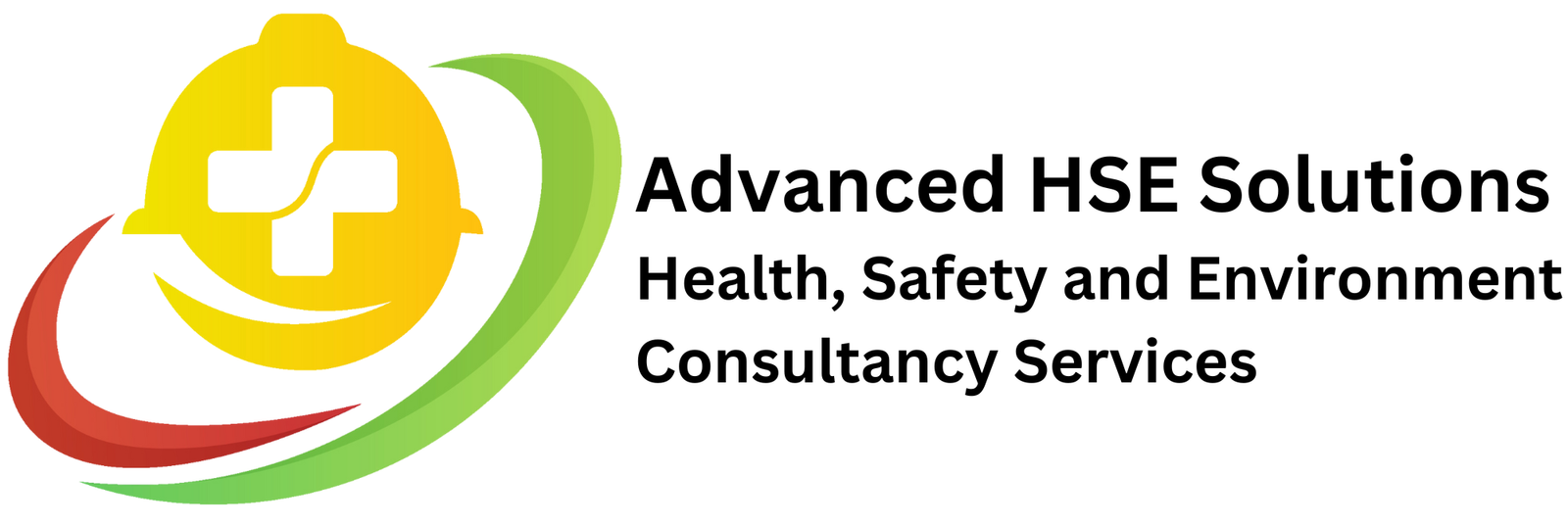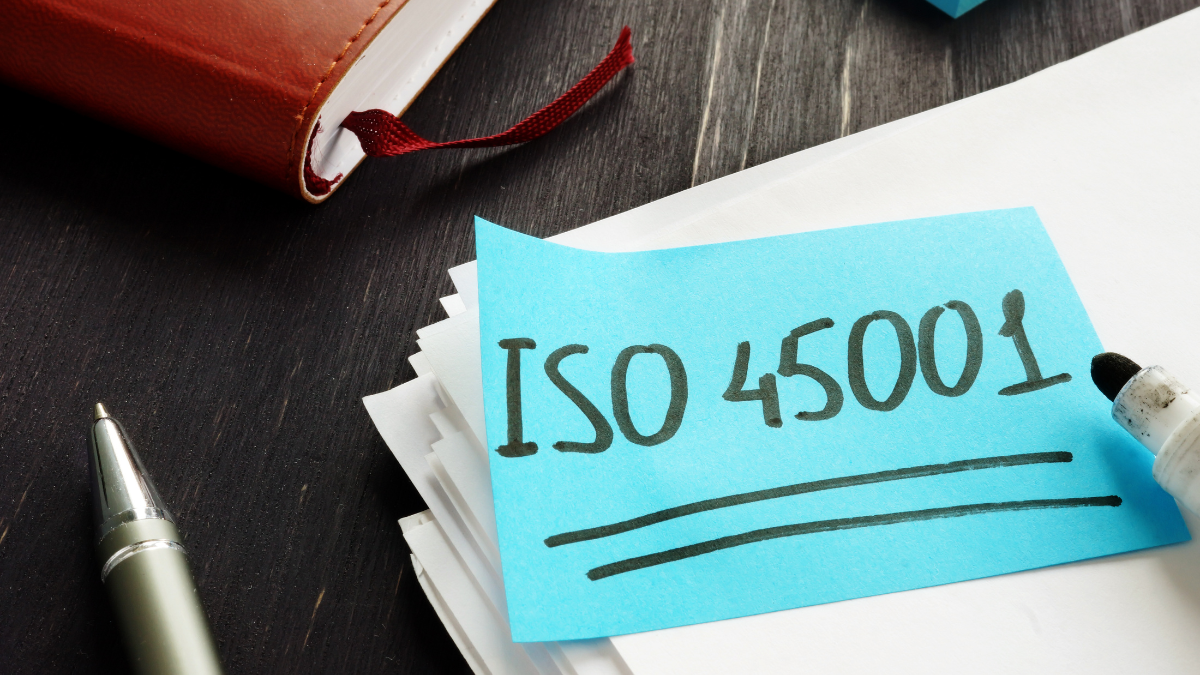Table of Contents
Most people underestimate how much CEPA Malaysia can empower you: it connects communication, education and public awareness to practical environmental management, giving you tools to spot risks, adopt better practices and influence community policy. You’ll find clear guidance, outreach programs and learning resources that make complex regulations accessible and actionable, so you can contribute meaningfully to healthier ecosystems and more resilient communities.
Key Takeaways:
- CEPA Malaysia brings consistency to environmental messaging by coordinating communication across agencies and partners, so the public gets clear, practical information that actually sticks.
- It pairs formal education with community-focused programs—working with schools, local groups and businesses—to build skills and encourage everyday actions that reduce environmental harm.
- By measuring outreach impact and fostering public–private partnerships, CEPA turns awareness into tangible results: better policies, informed citizens, and on-the-ground improvements in environmental management.

CEPA Malaysia: A Framework for Environmental Governance
CEPA Malaysia brings your federal agencies, state departments, NGOs and private partners under shared communication, education and public awareness targets, translating policy into measurable outreach. You’ll find clear roles for the Department of Environment and state forestry units, standardized messaging for biodiversity and pollution, stakeholder platforms for joint campaigns, and monitoring indicators that track reach, engagement and behavioral change across urban and rural programs.
Historical Context and Adoption
Roots of CEPA in Malaysia trace through national biodiversity strategies and commitments under multilateral agreements, gaining momentum from the 1990s into the 2000s as you saw climate, forestry and coastal programs mainstream outreach. Policy instruments shifted from one-off campaigns to institutionalized CEPA units, with pilot projects in Sabah and Selangor demonstrating community education, school curricula integration and cross-sector coordination models now scaled nationally.
Global Standards: UNEP and IUCN Influence
UNEP (est. 1972) and IUCN (est. 1948) supply the normative backbone you’ll recognize in CEPA Malaysia: evidence-based messaging, stakeholder engagement principles, indicator-driven monitoring and rights-sensitive community approaches. Their guidelines helped shape national templates for campaign design, risk communication and evaluation metrics that align local actions with international best practices.
On the ground, you’ll see UNEP-style toolkits adapted for mass media partnerships and teacher training, while IUCN approaches inform participatory mapping, community-based conservation and capacity-building modules. Malaysian municipalities and NGOs have repurposed these templates for waste-management campaigns, mangrove restoration outreach and school programs, making global standards practical for local contexts.
The Triad of CEPA: Communication, Education, and Public Engagement

You’ll see CEPA’s three pillars work together: targeted communication shapes behavior, education builds skills and stewardship, and public engagement mobilizes collective action. In Malaysia, coordinated efforts—school eco-programmes, citizen science partnerships (eg. Reef Check Malaysia), and community cleanups—turn local data into municipal policy inputs. That integrated approach links short-term campaigns to long-term restoration and governance outcomes, so your outreach yields measurable environmental improvements.
The Art of Communication: Bridging Gaps
You rely on tailored messaging across Malay, English, and local dialects, mixing social media, community radio, and WhatsApp to reach diverse audiences. Visuals and local success stories help counter misinformation; during haze episodes, clear advisory messages plus simple health tips cut confusion and improved compliance. Monitor open rates, shares, and hotline calls so you can refine wording, timing, and channel choice for maximum reach.
Cultivating Environmental Literacy Through Education
You integrate project-based modules, school gardens, and eco-clubs that convert theory into hands-on practice: water testing, waste audits, and biodiversity surveys feed real data back to local authorities. Partnerships with NGOs and universities scale teacher training and citizen-science support, making learning measurable and directly tied to restoration projects in your community.
You can operationalize environmental literacy by designing competency-based modules aligned with national standards and local ecosystems, then cascade teacher professional development through district trainers. Implement a 6–8 week sequence: baseline quiz, field sampling (water quality, species counts), data analysis using simple Excel or mobile apps, and a public presentation to local councils. Apply rubrics to assess observational, analytical, and stewardship skills, and track change with pre/post surveys plus community indicators like reduced litter at monitored sites. Digital platforms let you share datasets; NGOs supply equipment and mentorship while universities validate methods, turning classroom work into evidence for municipal conservation choices.
Public Awareness: Transforming Attitudes and Actions
You shift attitudes by combining storytelling, local champions, and incentives—recognition programmes or community grants—that make pro-environmental behavior visible and desirable. Behavioural nudges such as standardised recycling bins, social-norm signage, and leader endorsements increase participation; track event turnout, recycling tonnage, and engagement rates to demonstrate impact and sustain momentum.
You apply behavioural science by piloting message variants and recruiting hyperlocal champions through social-network mapping, then reward consistent behavior with small incentives or public recognition. Measure impact with baseline and follow-up attitude surveys, objective metrics (weight of collected waste, compliance at transfer stations), and open dashboards so residents track progress. Partnering with volunteer groups like Trash Hero and municipal councils turns episodic cleanups into year‑round stewardship, while data-driven allocation concentrates resources where engagement yields the highest environmental return.
CEPA’s Role in Fostering Sustainable Environmental Management
CEPA helps you turn environmental policy into measurable action by equipping community leaders, municipal officers and corporate teams with practical skills in pollution prevention, stakeholder dialogue and monitoring. You get targeted toolkits for waste reduction, EIA stakeholder engagement and local biodiversity protection that dovetail with enforcement efforts, resulting in fewer permit infractions and clearer, faster remediation in pilot districts.
Integration with National Regulatory Frameworks
CEPA embeds your outreach into the Department of Environment’s work under the Environmental Quality Act 2024 by supplying trainers for EIA consultations, joint inspection scripts and public-hearing materials. This alignment means your campaigns reinforce enforcement priorities, streamline compliance communication to permit-holders and help communities provide evidence-based inputs during regulatory reviews.
Alignment with ISO Standards and Sustainable Development Goals
CEPA maps your communications and capacity-building to ISO 14001 principles and SDGs like 6, 12, 13 and 15, using checklist-driven workshops and KPI templates so organizational practice ties directly to international expectations. You’ll find audit-ready procedures, lifecycle-impact prompts and reporting formats that make progress against ISO clauses and SDG targets easier to demonstrate to auditors and stakeholders.
Practical support includes gap analyses, EMS manual drafting and mock audits that shorten certification timelines; you also get supplier lifecycle checklists, emissions-monitoring templates and stakeholder-engagement scripts that feed straight into sustainability reports. Those concrete tools reduce non-compliance events, improve data quality for disclosures and make the sustainability claims you present to investors and regulators more verifiable.
Unpacking the Advantages of the CEPA Approach
CEPA weaves communication, education and public awareness into Malaysia’s existing regulatory framework like the Environmental Quality Act 2024 and DoE enforcement, so you see faster uptake of best practices across sectors. By combining targeted training, clear public messaging and stakeholder engagement, CEPA lowers misunderstanding around permits and EIA requirements, helps firms align with ISO 14001-style systems, and builds measurable public trust that reduces conflict and speeds project approvals.
Fostering a Culture of Compliance in Industry
You get compliance that sticks when CEPA shifts the emphasis from penalty to capability: on-site trainings, sector-specific toolkits and peer-review workshops give factories practical fixes for emissions control and waste management. The DoE’s inspectorate then sees fewer repeat offences because staff implement standardized procedures, document controls and basic monitoring—actions that make routine audits smoother and cut your regulatory risk.
Empowering Communities and Enhancing Public Involvement
CEPA puts tools in your hands so communities do more than react: public consultations during EIAs, citizen-monitoring programs and school outreach let residents contribute data and influence decisions. You’ll find community feedback becomes actionable—local inputs on air or water quality get integrated into mitigation plans, improving legitimacy and reducing delays caused by local opposition.
Practical examples include community-based monitoring using simple test kits, structured EIA comment periods and town-hall workshops that translate technical reports into plain-language actions you can follow. When you participate, your observations feed into official records, help prioritise inspections, and often prompt quick fixes like better drainage or targeted pollution controls before problems escalate.
Navigating the Hurdles: Challenges in CEPA Implementation
Limited budgets, short funding cycles (often 12 months), and fragmented agency mandates mean you frequently face stop-start CEPA efforts that never scale. Remote communities in Sabah and Sarawak can be hours by boat or rugged road from the nearest municipal office, while urban neighborhoods juggle competing priorities. Language diversity and a digital divide further reduce reach, so you need targeted tactics—not one-size-fits-all campaigns—to keep engagement sustained and measurable.
Resource Limitations and Participation Barriers
You often see local councils and NGOs running with tiny teams and tight budgets, forcing trade-offs between outreach and core services. Participation drops when sessions clash with harvests or work shifts, and travel costs or childcare limit attendance. Practical fixes—weekend workshops, travel stipends, mobile clinics—have improved turnout in several pilot programs, but scaling those fixes requires predictable multi-year funding and coordinated budgeting across agencies.
Addressing the Gaps Between Experts and Communities
Technical reports and jargon-heavy presentations leave you and your community disconnected from expert recommendations; translating science into local priorities matters. Community-based monitoring, participatory mapping, and use of local languages—plus trusted intermediaries like local teachers or faith leaders—help bridge mistrust. Examples from Kinabatangan and coastal mangrove projects show that co-designed protocols increase sustained participation and data quality.
You can operationalize that by co-designing tools with community members—visual aids, simple data sheets, and WhatsApp reporting channels that fit daily life. Train local champions in basic sampling, give immediate feedback on collected data, and publish community-friendly summaries. Small incentives and visible action (e.g., repaired wells, mapped illegal dumping hotspots) turn abstract science into tangible wins, reinforcing trust and long-term collaboration.
To wrap up
Upon reflecting, you can see how CEPA Malaysia shapes communication, education and public awareness to make environmental management more effective. It gives you clear information, learning resources and community channels so you’ll be able to act, shape policy and support your local initiatives. By blending outreach, capacity building and partnership, CEPA helps turn knowledge into everyday choices and collective momentum for healthier ecosystems and resilient communities.
FAQ
Q: What is CEPA Malaysia and how does it help with environmental management?
A: CEPA Malaysia stands for Communication, Education and Public Awareness. It’s a mix of strategies and activities designed to raise awareness, build skills, and change behavior so people and institutions act more sustainably. Rather than being a single program, CEPA is a way of working—campaigns in schools, hands-on workshops, community clean-ups, media outreach, citizen science, and partnerships with businesses and local authorities all fit under the CEPA umbrella. By linking straightforward information, practical training and ongoing engagement, CEPA helps translate environmental policy into everyday choices—reducing waste, improving water and air quality, conserving biodiversity, and supporting climate resilience.
Q: How can schools, communities and businesses get involved with CEPA activities?
A: There are lots of practical entry points. Schools can weave local environmental topics into lessons, start student “green teams,” run school gardens or waste-segregation projects, and host community awareness days. Community groups can organize cleanup drives, biodiversity walks, or citizen-science monitoring and share results locally. Businesses can adopt visible practices—plastic reduction, energy audits, staff training—and join or sponsor public campaigns. Start small: connect with local NGOs or municipal environment units, use existing CEPA toolkits and materials, translate messages into local languages, and use social media to amplify impact. Volunteer, host a workshop, or asked-for training from a partner organization—those simple steps often spark bigger change.
Q: How do you measure whether CEPA efforts are working, and what challenges should we expect?
A: Impact is measured at several levels. Short-term indicators include attendance, reach (people exposed to a campaign), and knowledge gains from pre/post surveys. Mid-term indicators look at behavior change—more households recycling, fewer single-use plastics, uptake of energy-saving measures. Long-term measures track environmental outcomes, like improved water quality or restored habitats. Common challenges in Malaysia include reaching diverse language and cultural groups, sustaining engagement beyond a one-off event, limited local resources, and combating misinformation. To tackle these, tailor messages to local audiences, build partnerships to share capacity, set clear objectives and simple indicators up front, collect baseline data, and use follow-up touchpoints to reinforce behavior. Combining quantitative metrics (surveys, participation numbers) with qualitative stories and photos gives a more complete, persuasive picture of impact.














